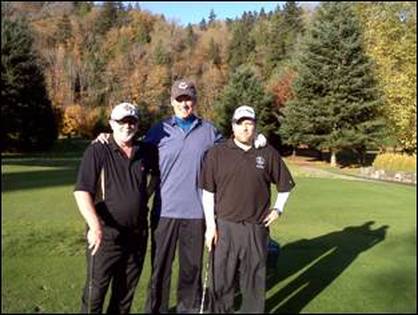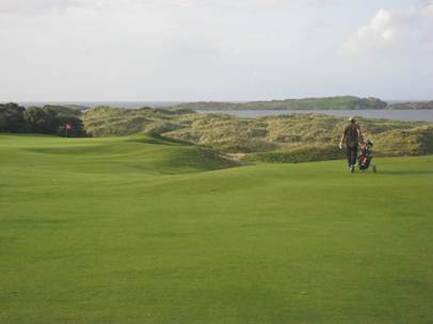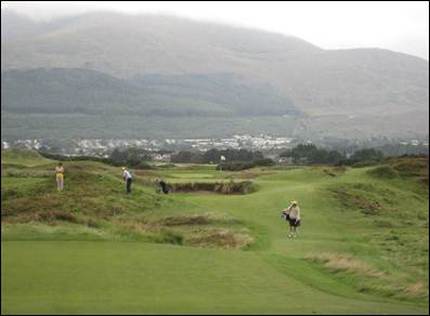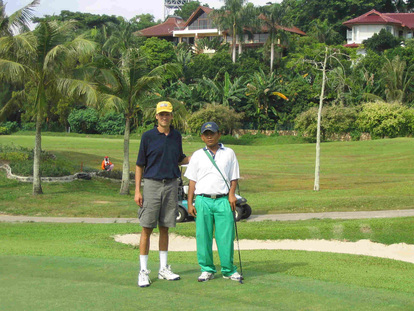Frequently Asked Questions
Question: Are strain gauge alignment measurements worth conducting on my vessel?
Answer: For most vessels over 200 feet, YES. It is becoming more common to include the requirement for strain gauge alignment measurements as part of the construction specifications.
Question: Are Gap and Sag measurements as good as strain gauge alignment measurements?
Answer: For most shaftline arrangements, NO. Gap and Sag values, which are based upon a theoretical model, generally require higher tolerances than the theoretical model can provide. However, Gap and Sag measurements are useful to provide a "rough" alignment prior to strain gauge measurements.
Question: What is considered to be the allowable span between bearings?
Answer: A span of 12 to 24 times the shaft diameter between bearings is a good guideline. However, a complete alignment and vibration analysis is required to determine if the bearings are spaced properly.
Question: The propulsion machinery works well on many other vessels, why are components failing on this one?
Answer: No two vessels are exactly alike.
Question: What approach would you recommend to determine the root cause of failure and the least cost solution to marine propulsion machinery failures?
Answer: LLT applies a "Systems Engineering" approach to all such cases. All aspects of the propulsion system and component design, construction, operation, maintenance, and installation are examined. LLT's extensive library of experience is drawn upon for empirical support and a least cost solution is sought. A review of the documentation, analytical modeling and full-scale testing is usually required.
Question: What is important to consider for acceptable alignment and vibration characteristics in the design of a marine propulsion shaftline?
Answer: Everything.
Question: What are the recommended Golf courses near shipyards?
Answer:
Answer: For most vessels over 200 feet, YES. It is becoming more common to include the requirement for strain gauge alignment measurements as part of the construction specifications.
Question: Are Gap and Sag measurements as good as strain gauge alignment measurements?
Answer: For most shaftline arrangements, NO. Gap and Sag values, which are based upon a theoretical model, generally require higher tolerances than the theoretical model can provide. However, Gap and Sag measurements are useful to provide a "rough" alignment prior to strain gauge measurements.
Question: What is considered to be the allowable span between bearings?
Answer: A span of 12 to 24 times the shaft diameter between bearings is a good guideline. However, a complete alignment and vibration analysis is required to determine if the bearings are spaced properly.
Question: The propulsion machinery works well on many other vessels, why are components failing on this one?
Answer: No two vessels are exactly alike.
Question: What approach would you recommend to determine the root cause of failure and the least cost solution to marine propulsion machinery failures?
Answer: LLT applies a "Systems Engineering" approach to all such cases. All aspects of the propulsion system and component design, construction, operation, maintenance, and installation are examined. LLT's extensive library of experience is drawn upon for empirical support and a least cost solution is sought. A review of the documentation, analytical modeling and full-scale testing is usually required.
Question: What is important to consider for acceptable alignment and vibration characteristics in the design of a marine propulsion shaftline?
Answer: Everything.
Question: What are the recommended Golf courses near shipyards?
Answer:
Antwerp, Belgium: Too many beer and mussels
Anacortes, Washington, USA: Avalon Golf Club
Batam, Indonesia: Indah Puri Golf Club
Grand Bahamas: Lucayan (Locally known as the “Country Club”)
Helsinki, Finland: Top Deck Disco Dancing On Board the MS Silja Serenade
London, England: Dogs Bullocks at local pub
Ireland: Lahinch, Ballybunion, Waterville, Old Head, Waterville, Tralee
Marinette, WI: Riverside Golf Club
Northern Ireland: Royal Port Rush, Royal Belfast, Hollywood, Royal County Down, Ardglass, Balmoral
Norfolk, VA, USA: Byde-A-Wee, Norfolk Naval Base
Panama City, Florida, USA: Lagoon Legend and Club Meadows (Marriot Bay Resort)
Pascagoula, Mississippi, USA: Pascagoula Golf and Country Club, Bayou Pines, Pelican Island
Philadelphia, PA, USA: FDR, Cobbs Creek
Powel River, BC, Canada: Myrtle Point
Punta Arenas, Chile: Club de Golf Rio Los Cievos
San Diego, CA, USA: Cornado, Salt Creek, Torrey Pines
San Francisco, CA, USA: Pebble Beach
Scotland: St. Andrews: Kings Barns, New & Old Course, Jubilee Course
Singapore: Orchid Country Club, Santosa Island Golf Club
St. Petersburg, Russia: Too much vodka
Tuktoyaktuk, Northwest Territories: Make your own in the Tundra or on the Ice
Vancouver, BC: Northlands, Squamish, UBC, Gleneagles, Shaughnessy Golf and Country Club
Victoria, BC: Olympic View, Salt Spring Island
Please submit your questions to [email protected]




